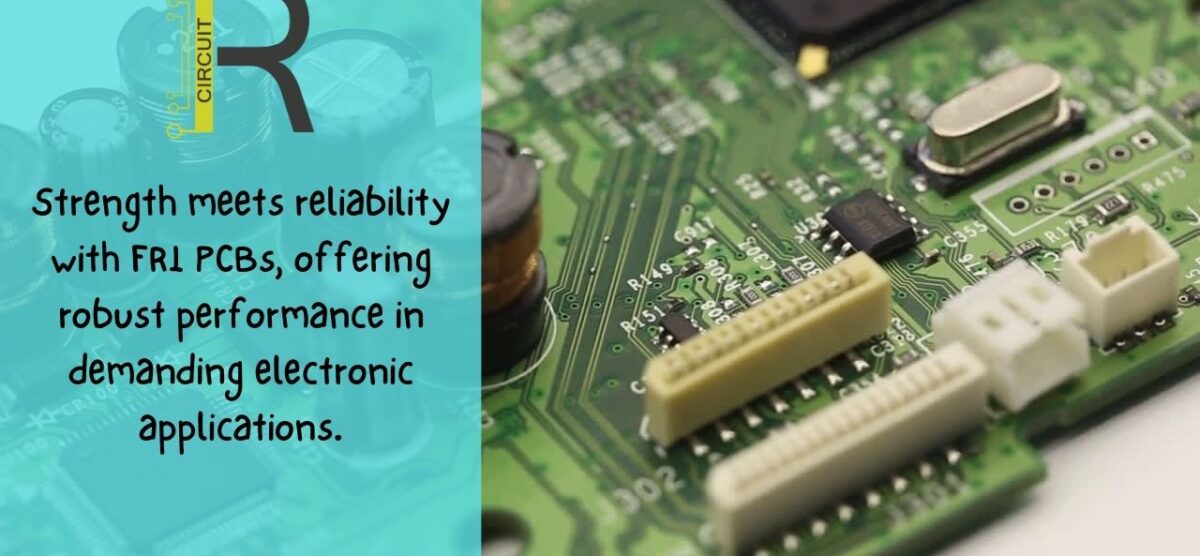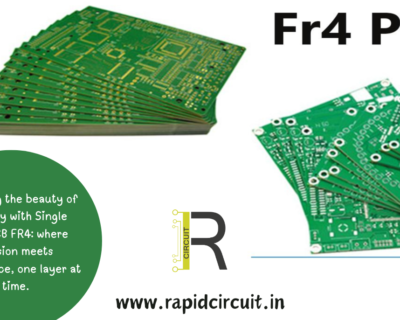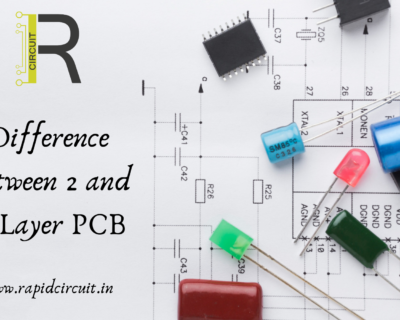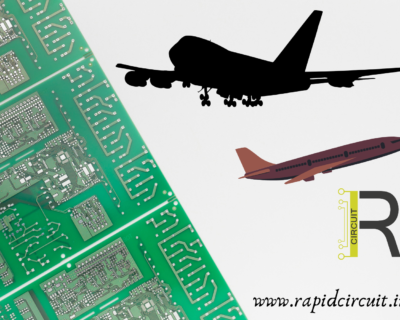Blog

Navigating the World of Electronics: Consider Special Layer PCBs and FR1 PCBs
There is no doubt in the ever-changing world of electronics where continuous innovations drive the business and ultimate reliability is what the company survives by, the PBC type is one of the factors that influence the final result of the electronic design. The selection of one from many choices is not easy but should be Single Layer PCBs and FR1 PCBs. In this blog article, we make a journey in the area of these printed circuit board types, looking at their characteristics, purposes, and importance in current electronic designing.
Understanding Single Layer PCBs:
Single Layer PCBs, with understandable meaning, refers to PCBs which have only one layer of the substrate material, usually fiberglass-reinforced epoxy resin. Although their Look is very plain and simple in construction, Single Layer PCBs still provide a lot of functions that are necessary for usage in several electronic systems.
Single Layer PCBs have an advantage of being inexpensive. They use a few layers and are simpler because of the manufacturing process making them cheaper compared to the multilayer counterparts. It is the most preferred option in case the projects are on a budget or the large production volumes require it.
Also, single layer printed circuit boards exhibit high reliability as well as signal integrity. The elimination of complex interconnections causes a decrease in the level of potential signal interference and, therefore, increases the overall circuit performance. Moreover, reliability in such systems can be very crucial in situations like vehicle electronics, household appliances and basic electronic prototypes, where consistent functionality is highly required.
Unveiling the Power of FR1 PCBs:Unveiling the Power of FR1 PCBs:
The FR1 boards are a special kind of single-layer PCB, which is characterized by its substrate material. In FR1 the flame retardant grade number 1 is used, and this means that the material does reach the required fire safety standards. Most commonly, they are constructed of phenolic paper reinforced with FR1 resin that gives these PCBs a unique set of characteristics, which make them a large class of electronic applications.
A great thing on FR1 PCBs is that they are robust. Even though they are paper based, they display good mechanical toughness and fine dimensional stability, which makes them convenient for use environments with small temperature and humidity changes. This is a beneficial feature because FR1 PCBs are therefore well suited to handle the daily operational rigors without compromising on the performance or reliability.
Additionally, the FR1 PCBs are adaptable and can be utilized in a broad sector of applications such as consumer electronics, illumination systems and experiments. They are an ideal alternative for hobbyists, students and small manufacturers, who by means of their affordability and ease of production can accomplish creation of their electronic designs without burning their wallets.
Conclusion:
To summarize in the world of electronics, the Single Layer PCBs and FR1 PCBs are the two practical options which differ in their usage and the benefits they bring. Single-layered PCBs are dominant in simplicity, affordability, and signal integrity; however, FR1 PCBs offer robustness, diversity, and flame resistance.
Regardless of whether you are a professional in electronics who works on new projects in the field and enhances technology, or an electronics field DIY enthusiast who experiments with DIY electronics at home, you should know the strong sides and capabilities of Single Layer PCBs and FR1 PCBs to make the best decision when choosing the most suitable PCB for your specific needs. With the selection of a proper PCB you clear the way to your electronic design’s success and reliability, standing behind innovation in the world of dynamic technology.






